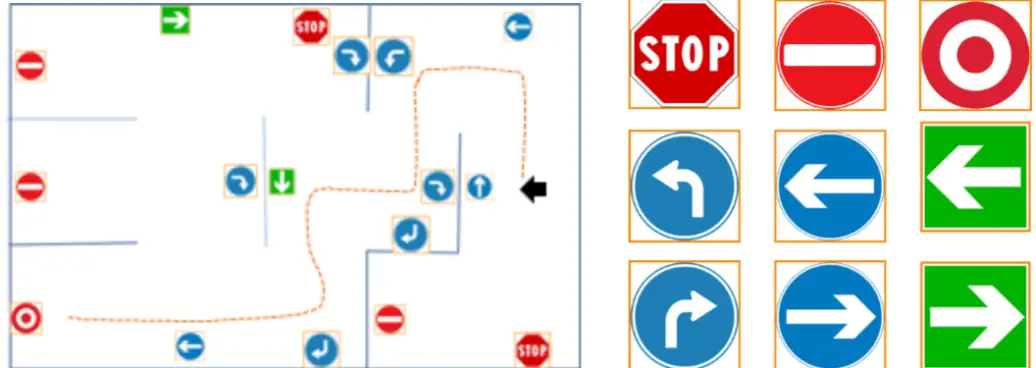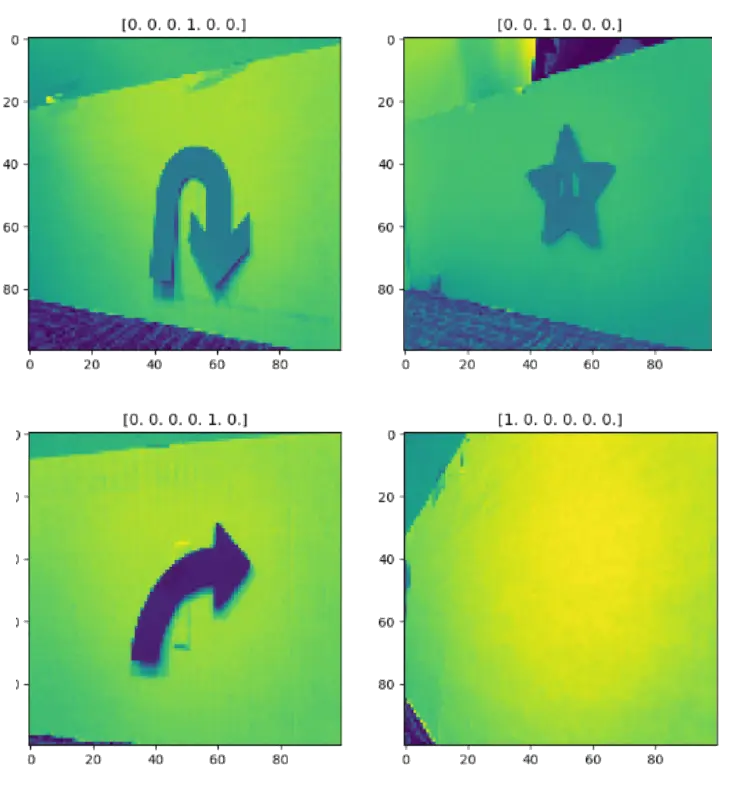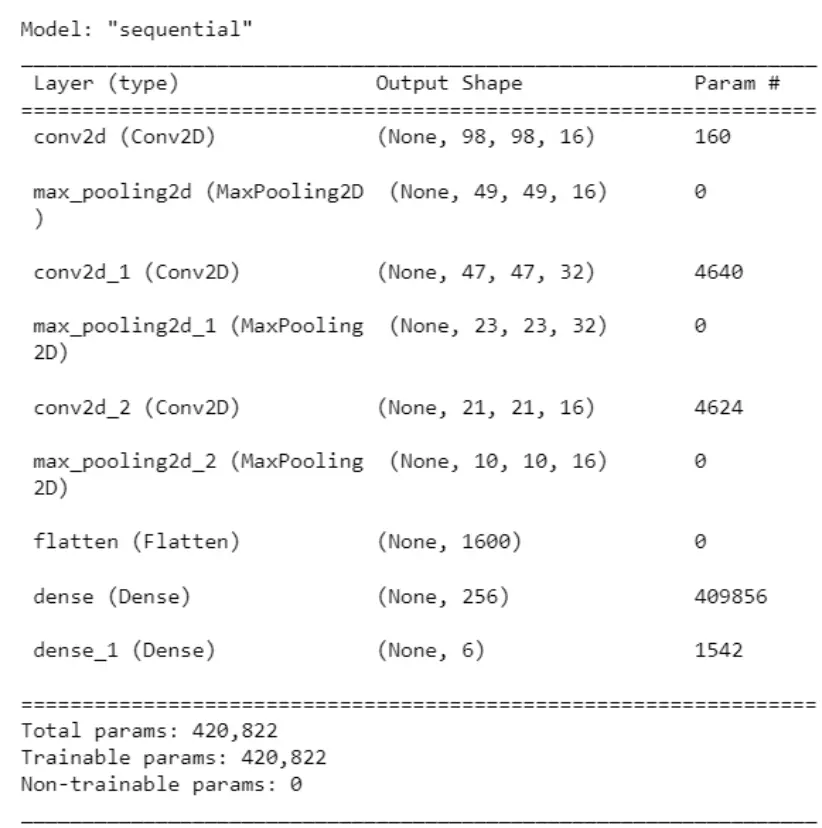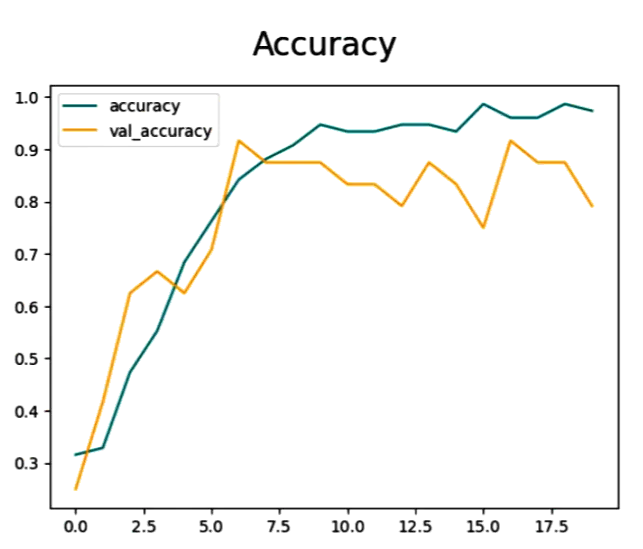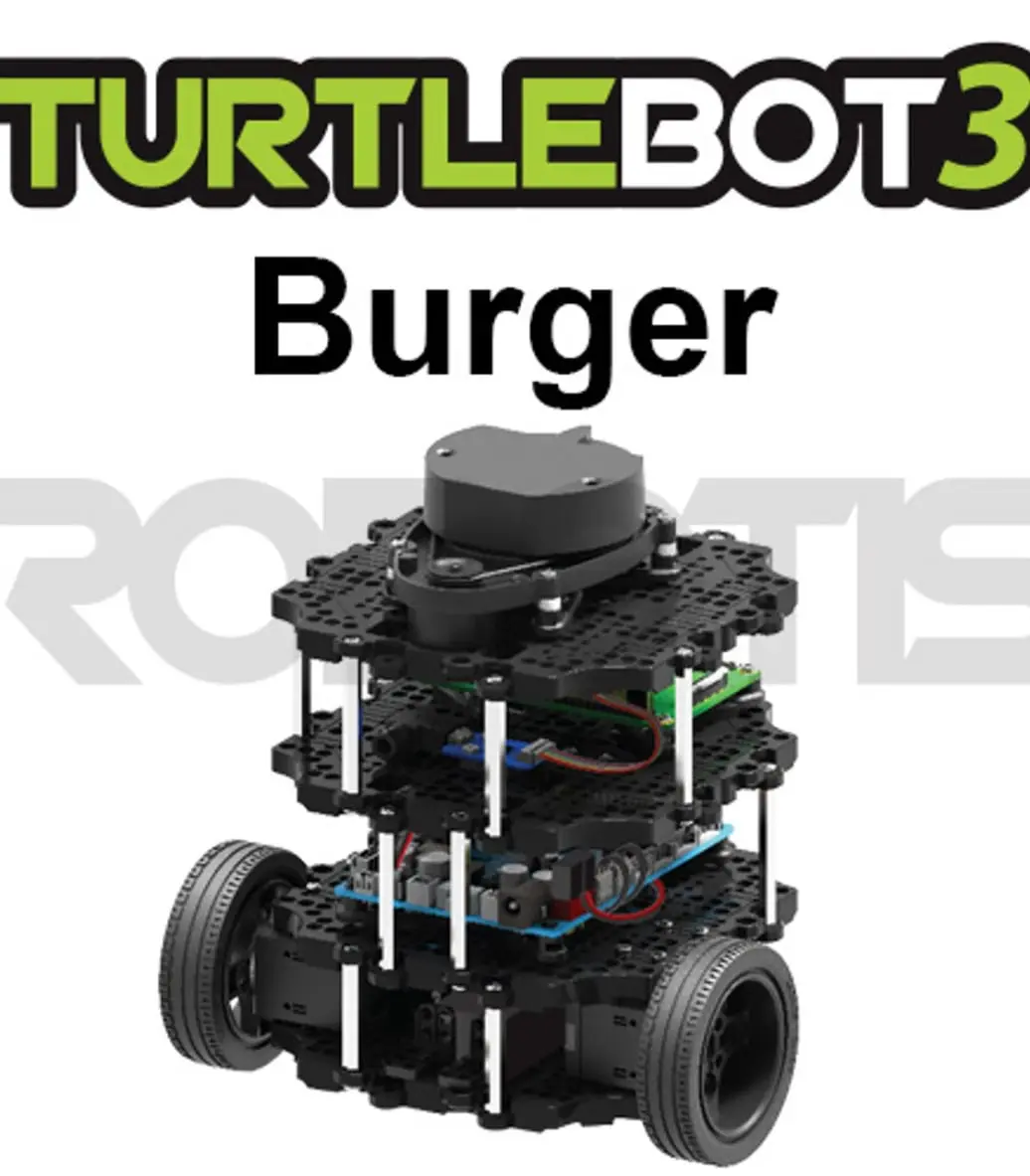
Introduction
TurtleBot3 is a small, affordable, programmable, open-source robot platform for education, research, hobby, and product development. It is designed for use with the ROS2 and can be programmed with Python, C++, and more. The robot is equipped with camera, lidar and differential drive motors making it suitable for a wide range of applications, such as mapping, localization, and autonomous navigation.
